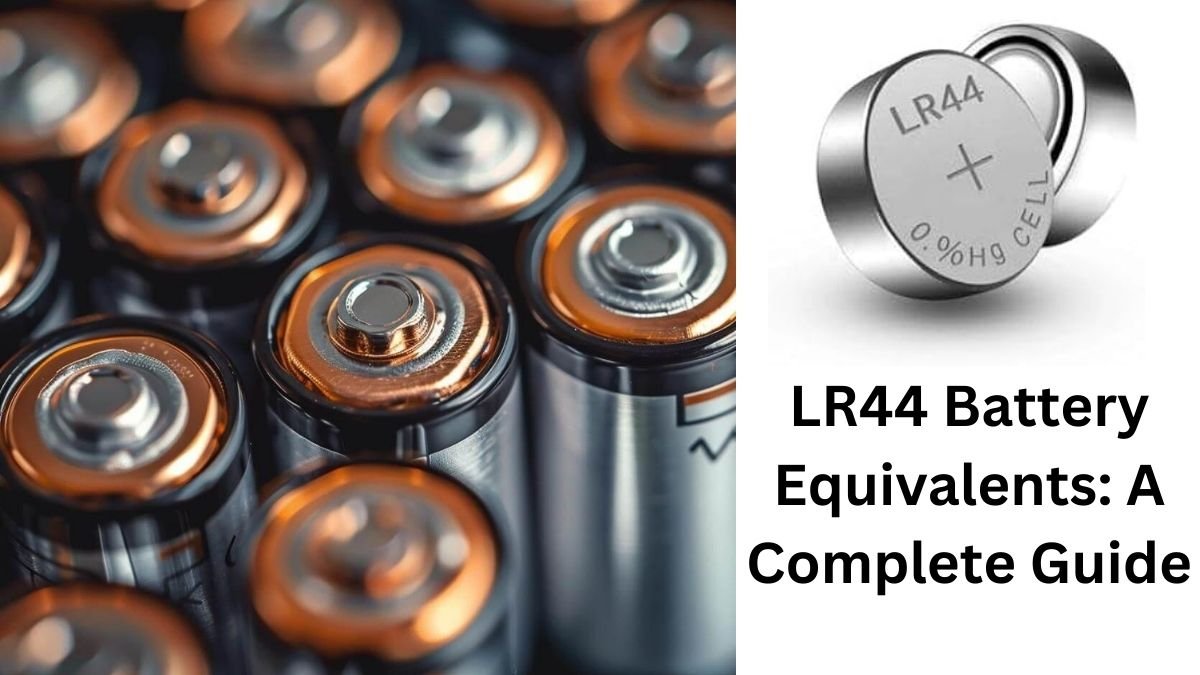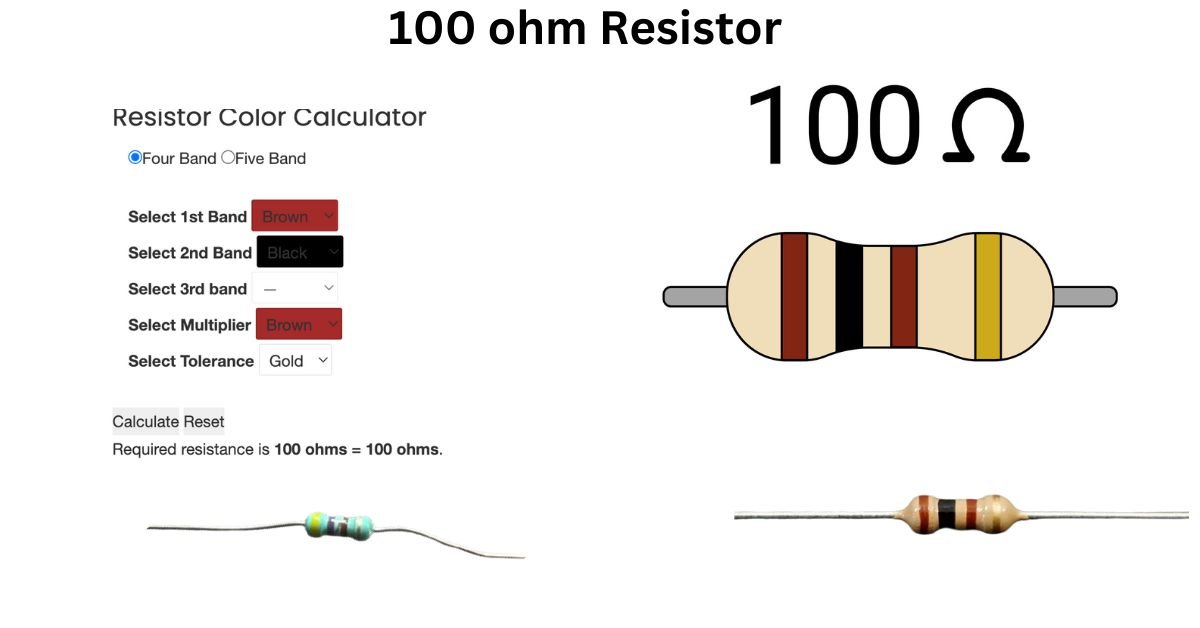Table of Contents
What is LR44 Battery?
Small, round alkaline button cell batteries, or LR44s, are widely used in toys, cameras, calculators, and watches. It has a 100–150 mAh capacity and a nominal voltage of 1.5V. It is easily interchangeable with other batteries, such as the 357 and AG13, measuring 11.6 mm in diameter and 5.4 mm in height, though performance may differ due to various chemistries.
For devices requiring constant power output, silver oxide substitutes like the SR44 are preferred because they have 50% higher capacity, a flatter discharge curve, and superior low-temperature performance. Ersa Electronics will provide all kinds of batter products for your inquiry like LR44 Battery, LR41 Battery, and so on.
LR44 Battery Equivalent
A popular button cell battery with a number of equivalents and substitutes is the LR44 battery. Here is a thorough rundown of its counterparts, performance attributes, and usage considerations:
The silver oxide battery known as SR44 is a direct replacement for the LR44. Compared to the LR44, it has a flatter discharge curve and around 50% higher capacity, which makes it a better choice for low-drain applications like watches that need steady power over time.
303 and 357: These batteries have the same size and voltage (1.5V) as the LR44, making them comparable as well. These are silver oxide batteries, which work better and last longer than alkaline LR44 batteries in general, especially in devices that need little current.
AG13 and A76: These batteries are frequently offered as LR44 substitutes. They are comparable in size and voltage, but because of their chemical, they could perform differently.
LR44 is also known by this designation, L1154, which is interchangeable in a variety of gadgets. However, there may be minute variations in thickness, which could have an impact on compatibility in particular applications.
1/3N Lithium Battery: A 1/3N lithium battery can be a good substitute for devices that need two LR44 batteries. It performs better in colder weather and runs at 3V, which is equal to two stacked LR44 batteries.
An overview of the options:
Depending on what your gadget needs, take into account the following choices when searching for LR44 battery substitutes:
The best for durability and reliable operation SR44, 303, and 357
Typical and easily accessible: AG13 and A76
L1154, 76A are interchangeable with minor modifications.
In conclusion, even if the LR44 battery can operate in a variety of devices, adopting silver oxide substitutes like the SR44 or 357 can improve performance, particularly in applications that need steady power or in harsh environmental settings.
Advantages of Using LR44 Battery
Well-liked alkaline button cell LR44 is a superior choice for a variety of applications due to its many advantages. The primary benefits of LR44 batteries are as follows:
1. Cost-effective and widely accessible
Customers may easily find and buy LR44 batteries online and in physical stores. Because they are occasionally offered at a discount in bulk packs, they are a cost-effective choice for devices that require regular battery replacements.
2. Standardized Measurements
The LR44 can be used in place of many different batteries, including as the 357, 303, and AG13, due to its standardized size. Users can easily find suitable alternatives even if the actual LR44 is not available because to its compatibility.
3. Adaptable Uses
LR44 batteries are used in a wide variety of devices, including:
Watches: Their compact size and consistent power make them ideal for wristwatches.
Toys: A lot of electronic toys require LR44 batteries in order to operate their lights and sounds.
Medical equipment: Certain medical equipment, such glucometers, need LR44 batteries to function.
4. Sufficient Shelf Life
Alkaline LR44 batteries typically have a three to five year shelf life when handled properly. Users don’t have to worry about their batteries running out of juice too quickly because of their long lifespan.
5. Remarkable Results in Moderate Environments
For many uses, LR44 batteries are more than adequate, particularly in devices with low power requirements. They have a nominal voltage of 1.5V, which is suitable for most low-drain circuits.
6. Initially Less Expensive Than Silver Oxide Alternatives
Even while they work better—especially in terms of capacity and voltage stability—silver oxide batteries, such the SR44, are usually more expensive. For those who prioritize affordability over efficiency, LR44 batteries are a suitable option.
- Replacement Ease
- Due to the widespread usage of LR44 batteries, customers usually don’t need to submit online orders for replacements because they can buy them locally at stores like pharmacies and supermarkets.
Considerations for Use of LR44 Battery
LR44 batteries are versatile, however it’s important to consider their performance in specific applications:
Sensitivity to Temperature: LR44 batteries may not perform as well in frigid areas, which could speed up their depletion. Due to their better cold weather performance, alternatives like silver oxide (SR44) or lithium batteries (CR1/3N) can be more suitable for devices used in cold environments.
Stability of Voltage: Alkaline LR44 batteries may exhibit a fall in voltage as they run out of power. Devices that require consistent power may not perform as intended as a result of this. Their silver oxide equivalents frequently maintain a more constant voltage when in use.
Although many devices can run on LR44 batteries, it’s a good idea to check if your device is compatible with the specific battery type before using it. Some devices may perform better with silver oxide or other alternatives.
To sum up, LR44 batteries are widely used in a variety of products, including as watches and medical devices. Though their limitations should be considered in certain settings and uses, their small size and reliable operation make them a popular option.
LR43 vs. LR41 vs. LR44 Battery Equivalent
LR43 Battery Equivalent
The LR43 battery is a button cell battery that has several equivalents that can be used in various applications. Below is a summary of its equivalents and relevant information:
SR43: The LR43 battery is perfectly compatible with this silver oxide battery. Its nominal voltage of 1.55V on average is superior than the LR43’s in terms of capacity and voltage stability.
LR43W: The LR43 battery is referred to by this variant name, which is commonly used interchangeably. Its physical dimensions and voltage characteristics are the same.
386: The 386 battery is comparable to the LR43 and SR43 batteries. Its longer lifespan and flatter discharge curve make it an excellent choice for applications that require consistent power because it is a silver oxide battery.
AG12: This battery can be used in place of the LR43 on occasion, but it’s more commonly employed for other purposes.
Other batteries that can be used for a variety of purposes can be substituted for the LR41 battery. Below is a comprehensive list of its replacements:
SR41: Similar to the LR41, the SR41 is a silver oxide battery. Its nominal voltage of 1.55V on average is superior than the LR41’s in terms of durability and voltage stability.
AG3: In lieu of LR41, this alkaline battery (also known as LR41W) can be utilized. It has the same dimensions and voltage, but it might not function as well in specific circumstances.
192: This battery can be used in place of the LR41 in devices that require this size of battery.
92A: Similar to the 192, this battery can also replace the LR41 in devices that are compatible.
LR736: This code is sometimes used to identify batteries that are similar to LR41 in terms of size and voltage.
PR41: This zinc-air battery requires air to function properly, yet it can operate at a voltage that is compatible with the majority of electronics.
LR44 Battery Equivalent
There are other alternatives to the LR44 battery that are suitable for a range of uses. Below is a detailed list of its substitutes:
SR44: The silver oxide battery known as SR44 is a direct replacement for the LR44. It performs better than the LR44, with a flatter discharge curve and around 50% higher capacity. Typically, its nominal voltage is 1.55V. Because of this, it is the recommended option for gadgets that need steady power supply throughout time, particularly for low-drain uses like watches and cameras.
357 and 303: The LR44 and the 357 and 303 batteries are interchangeable, having the same voltage and physical dimensions. These are silver oxide batteries, which work better than the alkaline LR44, especially in gadgets that need a constant voltage for long periods of time.
AG13 and A76: These are frequently offered as LR44 substitutes. Although their size and voltage are comparable to those of alkaline batteries, they could not last as long or provide a steady output as silver oxide alternatives.
L1154: The battery known by this designation, L1154, is frequently interchangeable with the LR44. But little variations in thickness could interfere with compatibility with some devices, so make sure it fits properly.
1/3N Lithium Battery: A 1/3N lithium battery can be a good substitute for devices that need two LR44 batteries. It works best in colder weather and runs at 3V, which is equal to two stacked LR44 batteries.
LR43 Battery: A Viable Equivalent to LR44 Battery
The LR43 and LR44 batteries are frequently compared and contrasted, with an emphasis on their advantages and disadvantages. While the LR43 can serve as a suitable alternative in certain situations, it’s crucial to understand their capabilities and applications.
Important Similarities Between LR44 and LR43:
Chemistry and Voltage
LR43: The nominal voltage of this alkaline battery is typically 1.5 volts. The equipment’s power needs could have an impact on how well it works.
LR44: The LR44 is also an alkaline battery, with a nominal voltage of 1.5V. Its larger capacity allows it to power a wider range of applications for longer periods of time than the LR43.
Comparable Batteries
LR43 Battery Equivalents: The LR43 shares similarities with the AG12, 192, and silver oxide (SR43) batteries. These substitutes usually work better, especially for devices that eventually require a continuous power source.
Equivalent Batteries for LR44: Some of the equivalent batteries for LR44 are 303, 357, and SR44 (silver oxide). These batteries are known for having a constant voltage and a longer lifespan when compared to their alkaline cousins.
LR41 Battery: A Viable Equivalent to LR44 Battery
The LR41 battery is an inappropriate replacement because of the differences in the LR41 and LR44 batteries’ sizes, capacities, and uses. This is an extensive comparison that considers search results in addition to general knowledge:
The Main Variations Between Batteries Models LR41 and LR44
Dimensions & Size:
LR41: This battery is smaller; its typical measurements are 7.9 mm in diameter and 5.4 mm in height.
LR44: In contrast, the LR44 battery measures around 11.6 mm in diameter and 5.4 mm in height. Devices designed for LR44 batteries cannot use LR41 batteries due to this size difference.
Voltage and Capacity: The LR41 and LR44 batteries have a nominal voltage of 1.5V, although the LR44 typically has a higher capacity than the LR41, ranging from 100 to 150 mAh. This suggests that because the LR44 has a longer power supply life, it is a better fit for high-drain devices.
Applications: LR41: Often seen in small devices such as watches, hearing aids, and some medical apparatus.
LR44: Present in a wider range of goods, including toys, cameras, and more powerful, larger electronics.
lr44 vs 357: Which One is better?
For High-Drain Devices: The LR44 may be a better fit for electronic devices that require an abrupt spike in power. However, it might not last as long if used frequently.
For Devices with Low Drain: The 357 is usually a better choice in low-drain applications where stability and endurance are more important considerations. Particularly useful are devices like watches that benefit from consistent power throughout time.
Can I replace LR44 Battery with AA Battery?
It is not advisable to swap out an LR44 cell for an AA battery because of the significant variations in size, voltage, and usage. Physically speaking, the AA and LR44 are incompatible since the AA is larger and the LR44 is smaller button cell. Their current capacity and chemistry are different, even though they both offer 1.5V. While AA batteries can tolerate larger currents and may damage low-drain electronics like watches and toys, LR44 batteries are ideal for these kinds of gadgets. Thus, in order to guarantee correct operation and prevent damage, it is imperative to use the appropriate battery type or equivalent (e.g., SR44, 357, AG13).
Can I replace LR44 Battery with 675 Battery?
Despite the fact that both batteries have the same 1.5V, a 675 battery cannot be used in most devices in place of an LR44 battery due to differences in size, chemistry, and application. Because LR44 and 675 batteries differ in size, chemistry, and intended purpose, they cannot be swapped out. The LR44 is more appropriate for toys, watches, and other little electronics, whereas the 675 is made for low-drain gadgets like hearing aids.





